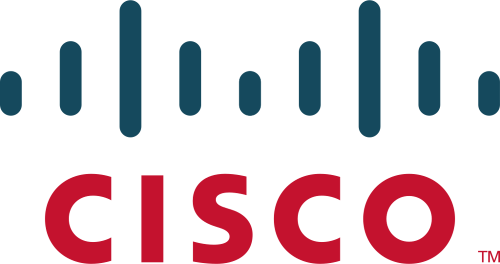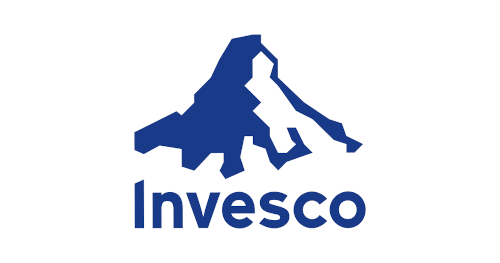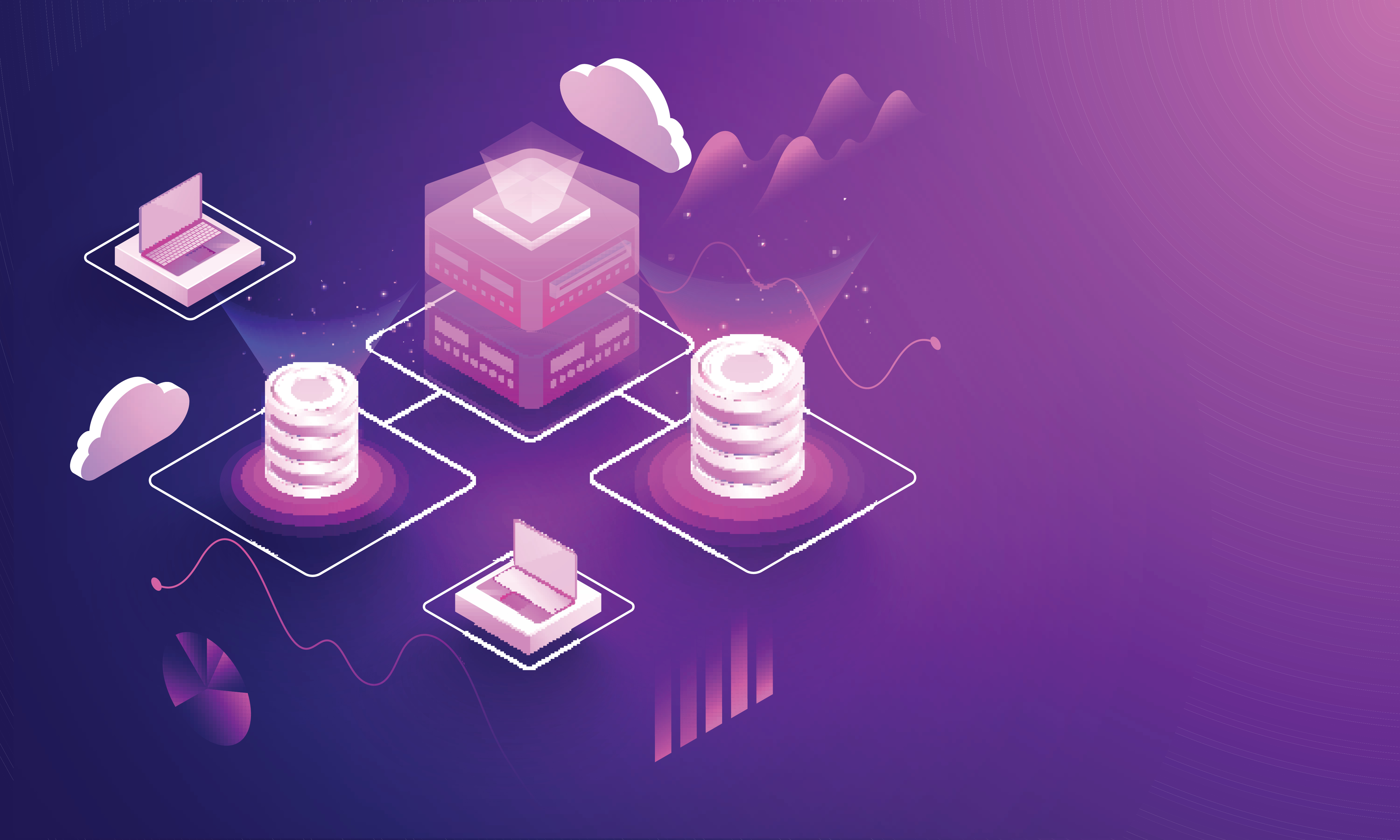3 Companies That Repatriated Workloads from the Cloud and Their Results
In recent years, many businesses have begun a process known as cloud repatriation. Cloud repatriation is when companies migrate their applications, data, and workloads from the public cloud to on-premises infrastructure.
According to IDC, 70-80% of companies are repatriating at least some of their data each year.
Although the cloud has significantly contributed to data center advancements and growth, many organizations are reevaluating their investments and migrating select workloads back to on-premises data centers or hybrid environments.
Why are Companies Repatriating from the Cloud?
There are multiple forces driving cloud repatriation and making it a popular option within the data center industry including:
Cost
According to Uptime Institute, cost is the top concern for data center professionals today. While the cloud seems cost-effective initially, expenses can quickly escalate due to scaling, data egress fees, and unpredictable workloads. Many organizations find that, in the long run, on-premises infrastructure offers better cost predictability and value. Without strict cloud management, cloud sprawl can drive up costs through underutilized resources. By repatriating select workloads, businesses can optimize performance, consolidate resources, and reduce expenses for greater overall efficiency.
Security and Compliance
Security and compliance are key drivers of cloud repatriation as data privacy regulations tighten. Many organizations, especially in finance, healthcare, and government, must ensure data sovereignty by keeping sensitive information within specific regions or on-premises to meet legal requirements.
Despite strong security measures from cloud providers, some businesses feel greater control over their data in-house, applying custom security protocols to reduce breach risks. Evolving regulations like GDPR and CCPA further push companies to reassess cloud strategies, with repatriation offering greater oversight and compliance assurance while mitigating legal and regulatory risks.
Performance and Latency
Performance and latency concerns are key drivers of cloud repatriation. Real-time applications like financial services and industrial automation can suffer delays when data travels between cloud servers and end users. To ensure faster, more reliable processing, many companies are shifting these workloads on-premises.
Proximity to data sources is also crucial. Processing data closer to its origin—whether from remote sites, branch offices, or IoT devices—reduces latency and improves efficiency. The rise of edge computing reinforces this trend, enabling businesses to handle data locally and optimize workload distribution for better performance.
Operational Control and Customization
Operational control and customization are key factors in cloud repatriation. As businesses grow, they often find cloud environments restrictive for unique hardware, software, or networking needs. On-premises solutions provide full control over system architecture, enabling greater flexibility.
Vendor lock-in is another concern, as heavy reliance on a single cloud provider can limit flexibility and increase risk. Repatriation allows companies to diversify their IT environments, reducing dependency and enhancing autonomy. Additionally, on-premises and hybrid models offer greater infrastructure flexibility, enabling businesses to tailor systems to specific performance and security requirements, driving efficiency and innovation.
Real-World Examples of Cloud Repatriation
Dropbox
Dropbox, a leading cloud storage and file-sharing service, initially built its infrastructure on AWS to support its storage needs. However, as the company scaled, it recognized the financial and operational advantages of owning and managing its own infrastructure. In a strategic move, Dropbox migrated most of its data from AWS to colocation facilities, allowing for greater control over its hardware, network configurations, and overall system performance. This shift not only enhanced efficiency but also significantly optimized costs associated with large-scale data storage. Within just two years, Dropbox successfully reduced its operational expenses by $74.6 million, demonstrating the long-term financial benefits of repatriating workloads from the public cloud.
Geico
Major insurance company, GEICO, has also joined the cloud repatriation trend in efforts to combat the expensive reality of public cloud storage. In 2013, GEICO started to move 600+ applications to the cloud and found it was not sustainable. Rebecca Weekly, GEICO’s VP of Platform and Infrastructure Engineering said, “we have a lot of data – and it turns out that storage in the cloud is one of the most expensive things you can do in the cloud.” By 2021, GIECO was spending over $300 million annually on cloud providers and services without seeing the full benefits. Weekly and GEICO ultimately chose to begin repatriating from the cloud so they could experience easy access to data and ability to obtain it with minimal latency at a minimal cost.
37signals
37signals is another real-world example of organizations exiting the cloud. In October 2022, the company stated that it was migrating their project management platform, Basecamp, and the email service, HEY, off of AWS and the cloud. The co-founder of 37signals, David Heinemeier Hansson (DHH), knew that moving to on-prem colocation would be more financially attractive than the cloud and they were able to put all of the new hardware into the existing facility, saving tons. 37signals estimated that they would save $7 million over the next 5 years, but an entire year after completing the transition they have seen a cost saving of $2 million/year, making the total estimated savings over 5 years $10 million.
Bringing It All Together
Cloud repatriation is becoming an increasingly viable strategy for companies seeking greater cost efficiency, security, performance, and operational control. As seen in the cases of Dropbox, GEICO, and 37signals, repatriating workloads can lead to substantial financial savings and improved infrastructure management. However, transitioning from the cloud to on-premises infrastructure comes with its own complexities.
This is where Data Center Infrastructure Management (DCIM) software plays a crucial role. DCIM helps organizations streamline the repatriation process by providing real-time insights into power usage, cooling efficiency, capacity planning, and asset management.
By leveraging DCIM, businesses can ensure a smooth transition, optimize resource allocation, and maintain full visibility over their infrastructure, ultimately maximizing the benefits of cloud repatriation.
Want to learn more about how DCIM software can help your organization in cloud repatriation? Get your free test drive now.





























